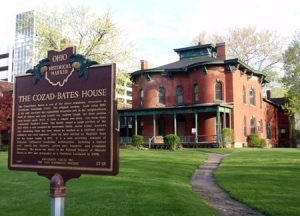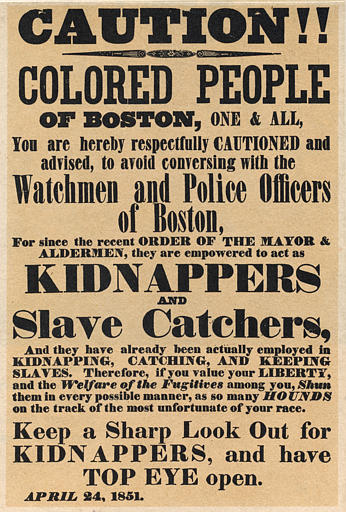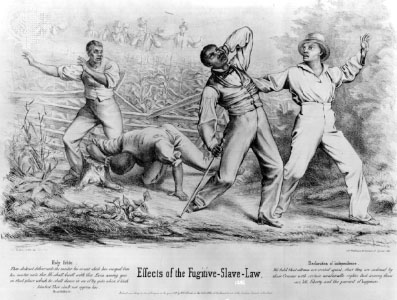The Fugitive Slave Acts were enacted by Congress in 1793 and were a pair of federal laws that allowed for the capture and return of runaway slaves to their owners. The acts also allowed for the persecution and punishment of anyone who harbors a runaway slave. In 1850 another Fugitive Slave Act was ratified after attempts at armed slave rebellion had occurred. This law added harsher punishments to slave protectors due to the already widespread resistance to the first Fugitive Slave Act.
Unfortunately, the acts had multiple downsides, as one would imagine. A major problem was that free African Americans were being misinterpreted as runaway slaves and being wrongfully sold into slavery. A very famous case of this was when Solomon Northrup, a freeborn black musician, got sold into slavery and struggled for 12 years to regain his freedom. No freed or escaped slave should have to be forced back into slavery, but when a free born black man gets sold into slavery because of this act it should be repealed or never accepted in the first place!
 The image above shows the historic Cozad-Bates House in Cleveland, Ohio- The original parts of this home built in 1853 were used as a “safe house” for the Underground Railroad.
The image above shows the historic Cozad-Bates House in Cleveland, Ohio- The original parts of this home built in 1853 were used as a “safe house” for the Underground Railroad.
These acts were a rising tension to the start of the civil war since the North was helping freed slaves by building a series of “safe houses” along the way to the north to help aid the slaves in their escape. The South was furious in the loss of their slaves and how the safe houses aided the slaves escape. This greater divided the North and South. The North eventually ended up calling the Fugitive Slave Acts the equivalent of legal kidnapping.
Luckily, both of the Fugitive Slave Acts were repealed in 1864. It appalls me that the laws took 71 years to repeal even with the strong distaste with the laws from the start, and the view of blacks as property has definitely had a negative impact on our society’s views.
map of underground railroads
http://ed101.bu.edu/StudentDoc/Archives/fall03/gillhere/Site/GeographyUR.html
http://www.history.com/topics/black-history/fugitive-slave-acts





aaronv067 • Apr 28, 2015 at 8:23 am
Honestly, I think the Fugitive slave act was very harsh and messed up towards African Americans! Slaves should of had the right to leave anytime they pleased, white slaveowners shouldn’t of passed such a horrible act.